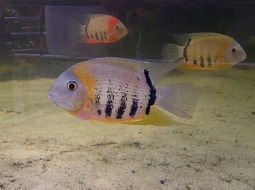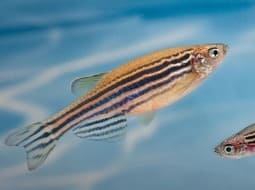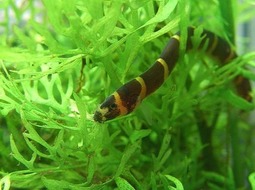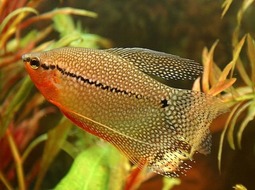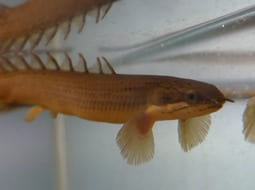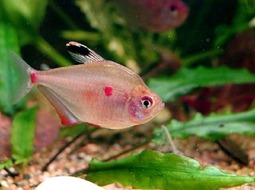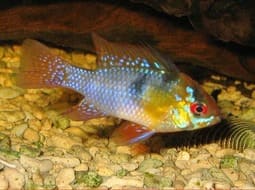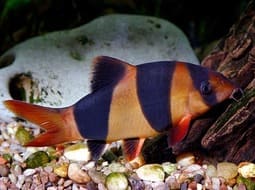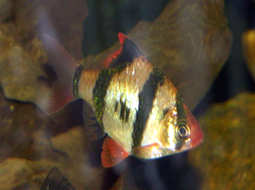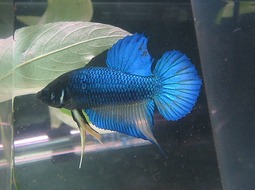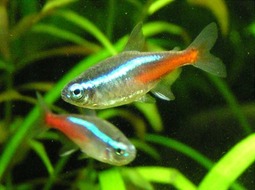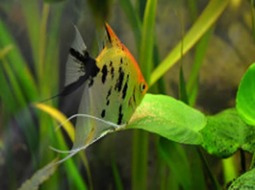
Loading Aqualapp ...
Care and Compatibility of Agassiz's Apistogramma - Apistogramma Agassizii
Introduction
The Apistogramma agassizii, also known as Agassiz's Apistogramma, is a cichlid fish popular among aquarium enthusiasts. Originating from South America, specifically the Amazon River basin, it is known for its attractive colors and distinctive patterns. In captivity, these fish are bred and kept in community aquariums. They are small in size, reaching around 7 to 8 centimeters in length. Males are larger and exhibit more intense colors than females. Their compact body and elongated fins make them stand out in the aquarium. They can be found in a variety of shades, including yellow, blue, red, and black. In a suitable aquarium environment with hiding places and dense vegetation, these fish can display their natural behavior and explore their territory.
Behavior
The Apistogramma agassizii is a cichlid fish native to South America, specifically the Amazon River basin. In an aquarium environment, these fish are known for their interesting behavior. They are territorial and can be aggressive during the breeding season. It is important to provide them with an appropriate aquarium setup that includes hiding places and vegetation for them to establish their territory and explore. They are intelligent and active fish capable of forming bonds with their caretakers. Their colorful and varied patterns make them an attractive species for aquarium enthusiasts. By observing their behavior, one can appreciate how they interact with each other and other fish in the aquarium.
Sexual Dimorphism
Sexual dimorphism in Apistogramma agassizii is evident. Males are typically larger and more colorful, with elongated fins. Females are generally smaller and have duller colors. During breeding, males may exhibit more pronounced territorial and courtship behavior.
Reproduction
The reproduction of Apistogramma agassizii in aquariums is a fascinating process. These fish form monogamous pairs for breeding. During the breeding season, the pair will establish a territory and engage in elaborate courtship displays. The female will deposit her eggs on a flat surface, such as a rock or plant leaf, while the male follows to fertilize the eggs. After spawning, both the male and female will take care of the eggs and fry. They will protect the territory and defend the offspring from potential threats. The fry will grow rapidly and can be fed with food for small fry and live microorganisms. It is recommended to provide a separate breeding aquarium to ensure the survival of the fry and prevent predation by other adult fish.
Aquarium Conditions
Apistogramma agassizii is a South American dwarf cichlid that requires a well-planted aquarium with abundant vegetation, roots, and hiding spots. It prefers soft and slightly acidic water. Aquarium décor should provide shelter and places to explore. Maintaining water quality is important and providing a varied diet.
Feeding
The Apistogramma agassizii is an omnivorous fish in the aquarium environment. Their diet includes live, frozen, and dry foods. They feed on small aquatic invertebrates such as insect larvae, shrimp, and worms, as well as high-quality commercial foods for tropical fish. They can also accept vegetable foods in the form of flakes or pellets. It is important to provide them with a varied and balanced diet that includes specific cichlid foods to maintain their optimal health and coloration. They should be fed in portions that they can consume within a few minutes, avoiding overfeeding to prevent obesity-related issues.
Complexity
Caring for Apistogramma agassizii can be moderately challenging. They are sensitive to water quality and require stable parameters. They are territorial and may show aggression towards other fish of the same species. It's recommended to keep them in pairs or groups with a single male and multiple females.
In case you need more help, or if you want to know into any topic related to the Apistogramma Agassizii (Agassiz's Apistogramma) and even any other species you can use the forums to ask what you need.
To do an analysis more detailed about coexistence and behavior of Apistogramma Agassizii (Agassiz's Apistogramma) use the Aquarium simulation tool, if you do this you can test different ways to combine the Agassiz's Apistogramma with other fishes giving the dimensions and space on you aquarium, on this way you can known the optimal configuration for keep the fishes that you want.
You can also find out the 42 species compatible with the Apistogramma Agassizii (Agassiz's Apistogramma) can live together.
Note: The parameters of the water such as PH and temperature are also used to calculate the compatibility of the species.
Compatible species (42)
Compatible (11 Species)
Compatible without any restriction
With Reservation (7 Species)
Compatible in some cases, it depends on the nature and personality of the fish.
Las especies territoriales por lo general pueden convivir con especies protegidas con coraza, ya que no pueden hacerles daño por su dura piel, lo que si hay que tener en cuenta es tener un acuario con dimensiones favorables para que cada pez pueda delimitar un territorio, ya que la mayoría de peces acorazados son también peces de fondo y les gusta estar buscando lugares donde ocultarse.
Es recomendable tener una pareja ya que entre las hembras pueden agredirse entre ellas, se tornan mas agresiva en época de cría.
Showdown over territory (2 Species)
Fish can live together as long as the space is spacious enough to delimit a territory, otherwise there may be aggressions for competing for the territory.
Considerable size difference (2 Species)
They can coexist while they are similar in size or the size difference is not very abysmal, since as the fish grows it increases the chances of eating its partner that did not grow much.
Compatible if space is enough (20 Species)
They can coexist together if the aquarium they share is large and spacious enough for both species to feel good, as some fish may attack others to feel that they have little space and try to eliminate the competition.
Agassiz's Apistogramma
Apistogramma Agassizii

- Ph: 5 - 6.5
- Temperature (c°): 25 - 28
- Measures: 5 cm - 8cm
- Aquarium Capacity:
40 Liters - 11 Gallons - Alimentación: Carnivores, Omnivores
- Colores: Blue, Red, Yellow
- Comportamiento: Peaceful, Territorial, Territorial with its species
- Habitad: American
- Preferencias del Acuario: Caves, Logs, Natural plants
- Tamaño: Small
- Taxonomía: Cichlids, Fish
- Tipo de Agua: Sweet water, Tropical waters
- Velocidad de nado o movimiento: Normal
- Zona de Nado: Aquarium background

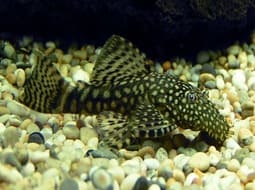
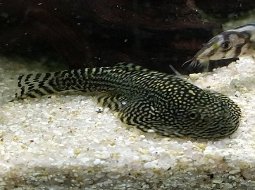
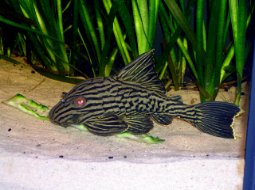


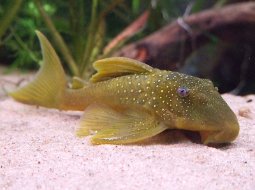

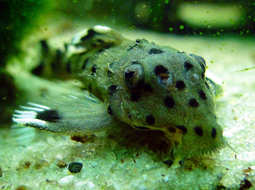

.jpg)

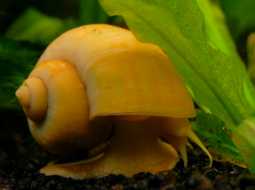


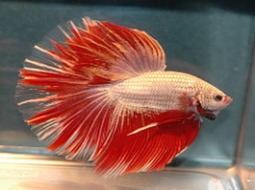

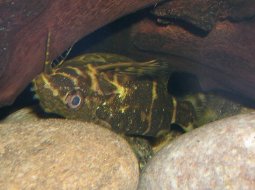

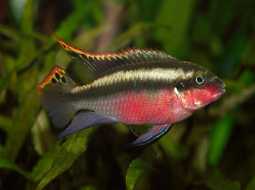

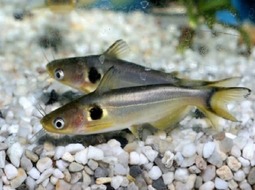
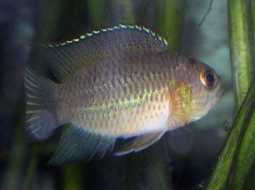
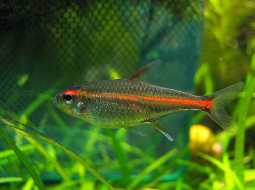
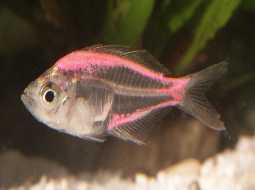
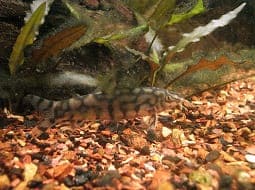
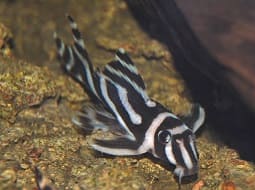
.jpg)
